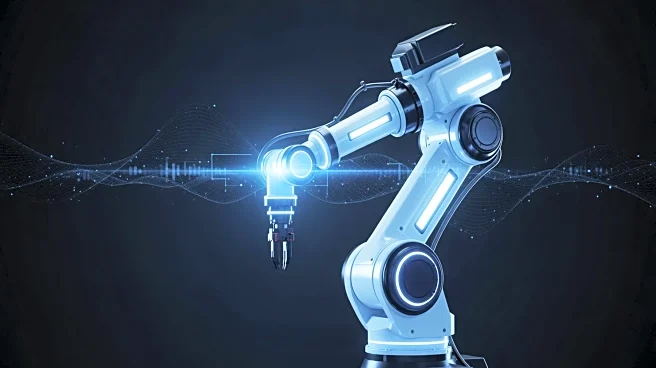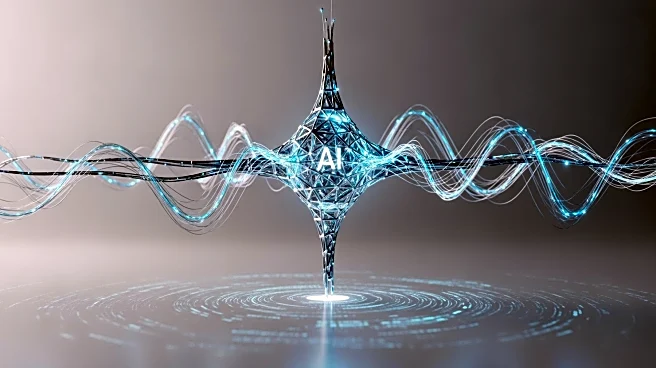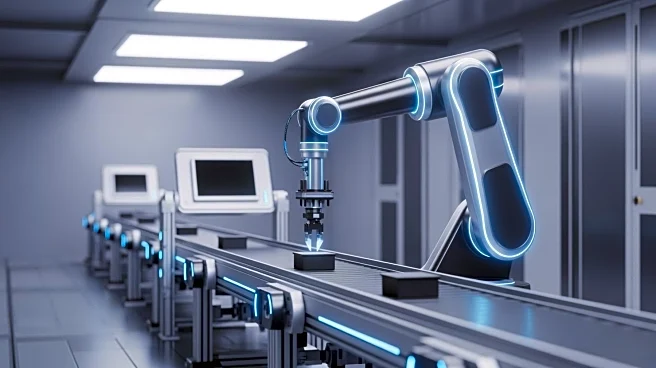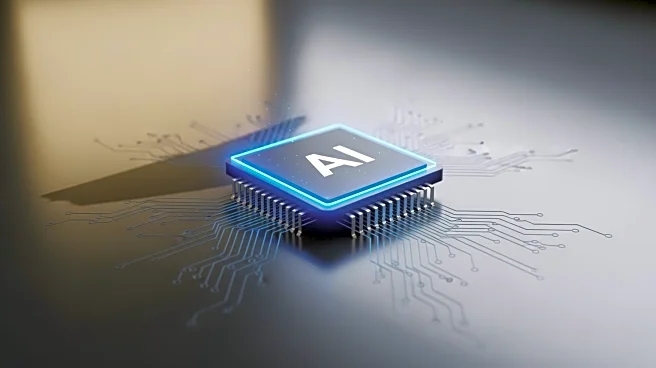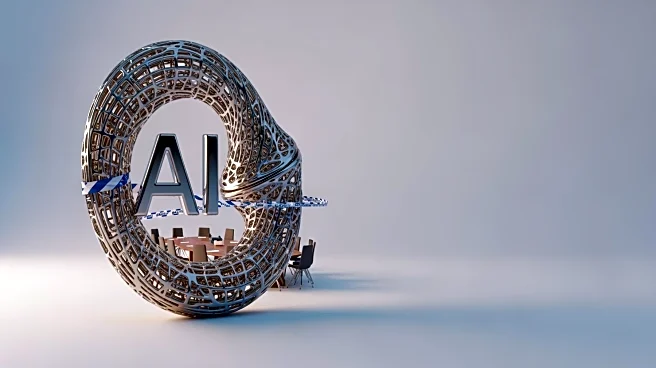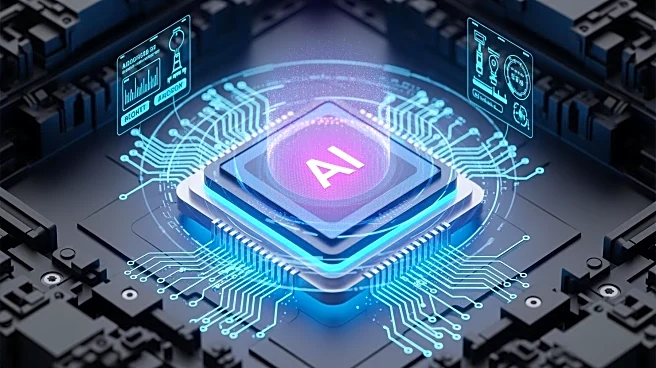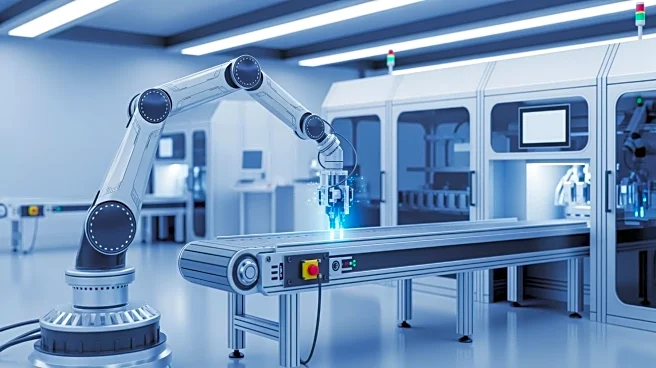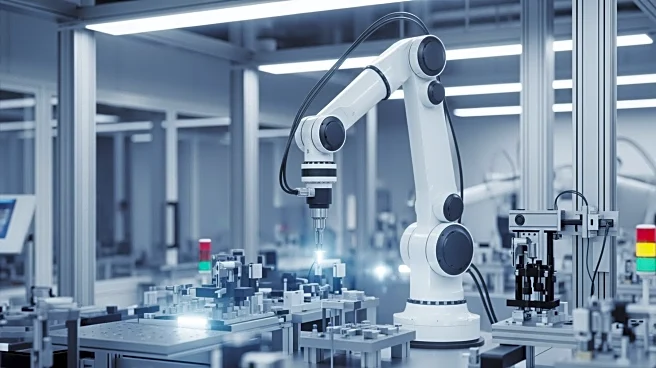What's Happening?
Several major industrial companies are integrating Nvidia's AI technologies to advance manufacturing processes. Nvidia's Omniverse platform, a real-time 3D graphics collaboration tool, is being utilized
to create and simulate digital environments for manufacturing applications. Caterpillar is employing Omniverse to develop digital twins of its factories and supply chains, focusing on predictive maintenance and dynamic scheduling. Amazon Robotics is leveraging Omniverse libraries to expedite the development of its manipulation systems and mobile robots, significantly reducing production timelines. Additionally, Lucid Motors uses Omniverse for factory planning and optimization, while Agility Robotics utilizes Nvidia's Isaac Lab framework to enhance control and navigation in its humanoid robots. These implementations highlight the growing trend of AI-driven manufacturing solutions.
Why It's Important?
The adoption of Nvidia's AI technologies by major manufacturers signifies a shift towards more efficient and automated production processes. Predictive maintenance and dynamic scheduling can reduce downtime and improve operational efficiency, offering significant cost savings. For companies like Caterpillar and Amazon, these technologies enable faster development cycles and enhanced product capabilities, potentially leading to increased competitiveness in the market. The use of digital twins and AI-driven robotics also suggests a move towards more sustainable and adaptable manufacturing practices, which could have long-term benefits for the industry. As more companies adopt these technologies, the manufacturing sector may experience a transformation in how products are designed, produced, and maintained.
What's Next?
As Nvidia's AI technologies continue to be integrated into manufacturing systems, further advancements in automation and efficiency are expected. Companies may explore additional applications of digital twins and AI-driven robotics to optimize other aspects of their operations. The collaboration between Figure and Nvidia to develop humanoid robotics indicates potential growth in the use of AI for industrial support and household tasks. Stakeholders in the manufacturing industry may need to adapt to these changes by investing in AI training and infrastructure to remain competitive. Additionally, regulatory bodies might consider updating guidelines to address the implications of increased automation and AI usage in manufacturing.
Beyond the Headlines
The integration of AI technologies in manufacturing raises ethical and legal considerations, particularly regarding workforce displacement and data privacy. As automation increases, there may be concerns about job losses and the need for reskilling workers. Companies will need to address these challenges by providing training and support for employees transitioning to new roles. Furthermore, the use of AI and digital twins involves handling large amounts of data, necessitating robust cybersecurity measures to protect sensitive information. The long-term impact of these technologies could lead to a more sustainable and efficient manufacturing industry, but it will require careful management of the associated risks.


